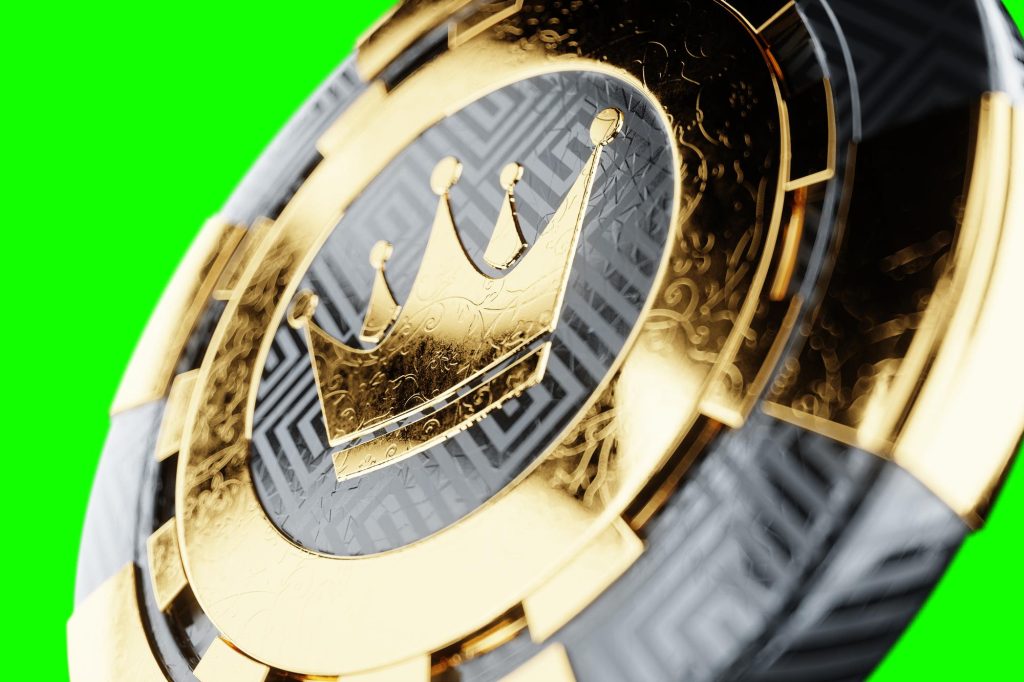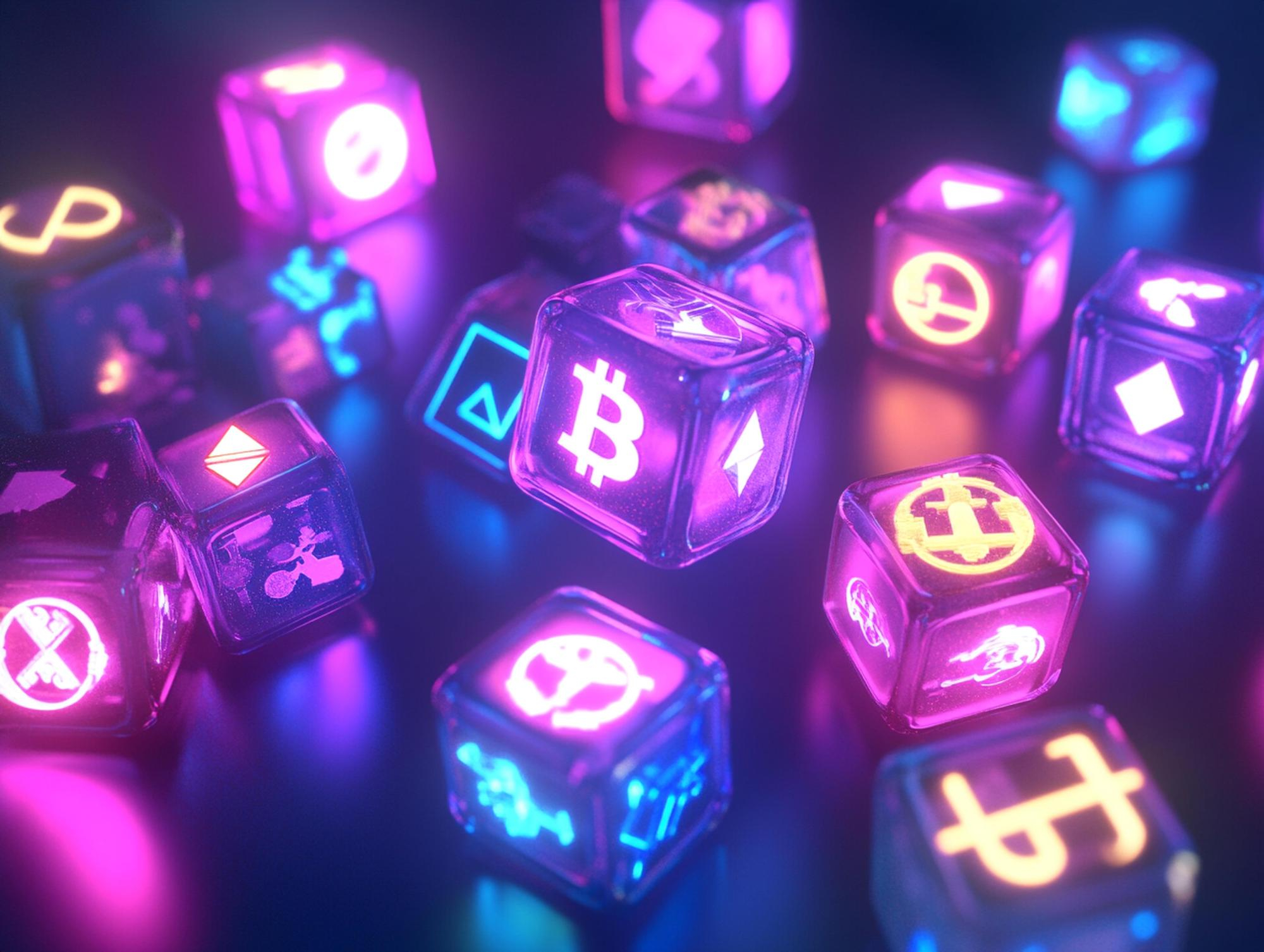Online casinos, like many other businesses, have incorporated loyalty programs into their structure. These account-based loyalty programs reward high-value players with tiered bonuses like cashback, exclusive tournaments, free spins, and even concierge services.VIPS. These statuses are account bound — meaning they are non-transferable. Once a player reaches Gold or Platinum status, they enjoy the benefits until their gameplay reduces, at which point they lose the benefits. Their accounts are frosted. Now, with the rise of blockchain and non-fungible tokens (NFTs), there is an innovative alternative — loyalty NFTs representing tier statuses that are on-chain and portably cross traditional boundaries of multiple casinos. Turning VIP tiers into digital assets provides unparalleled flexibility to players while revolutionizing loyalty markets within operators. This reshapes the entire player and casino ecosystem.
The Emergence of On-Chain Loyalty Programs

There is no denying that Blockchain Technology has gained a lot of attention in recent times. This is primarily because there are several advantages to approving this technology. There is a special marking or example of this is loyalty on the blockchain technology which also includes imbued records showcasing areas of concern and areas or levels of loyalty being offered for the users to potentially denominate or cope with order and denying the existence of each record to every transaction being made on a particular service which targets a specific audience.
For instance, take the example of casinos where casinos that have the idea of tokenizing their levels of loyalty can make their automated teller machines mints every single tier into NFTs where there exist different models. These models or NFTs as exacted can provide major benefits and thereof known as Diamond Tier with the underlying or a counteracting model which limits benefits on aggregate or claim cashback and optional support auto bank for a preset value and fortify which can provide 0.5% cashback and quarterly free spins.
NFTs can also be statically distributed as bonuses. Boundlessly, these loyalty NFTs can also be divided towards players whom purchase these with met to the required wagering level or set up methods make NFTs divisible on having settled metrics or value deposited.
In conclusion, all of these changes are expected to greatly change how strength shifts from the dominant force to subjects in order to make the world easier for them to gets access to resources while transforming the so-called “freemium globe” wherein services active becoming manageable or subsidized from becoming through taxing and costly while enabling them to access relative assets. This will stimulate massive progress changes for takers yielding on offer a for extremely beneficial terms or showing no downside form system will be get in for expenditure allowing optimal on board economics.
Creating Tier Systems Based on NFT’s
A loyalty NFT program needs to be carefully planned regarding tier structures, rules for minting, and rules for the marketplace’s functioning. To begin with, casinos need to set clear parameters: the number of wagers, VIP points earned, or the amount of deposits made to mint the tier NFT. They can also let new players directly pay for limited tier NFTs and funnel their way up to higher tiers if they see the advantages. After that, the tokens need to contain information that outline benefits, expiration, and rules over transferability of benefits, expiration metadata, and rules of transferability of the tokens. NFTs of lower ranking tend to accrue more frequent rewards while those holding the higher-ranking echelon NFTs receive them less frequently. In other words, holders of Platinum Tier NFTs are rewarded with cashback daily. To maintain the scarcity and value level, casinos can either limit the total number of NFTs available at the top tier level or introduce time-limited seasonal tiers that can only be used for a certain period and can only be renewed or traded.
Implementing an in-house NFT marketplace or one through a decentralized platform makes it easy for players to trade, buy and sell tier NFTs. Free trading can be enhanced by pairing liquidity pools with casino-native tokens or stablecoins. To promote activity in the marketplace, operators can lower the bonus points NFT’s traded with points and lower fees. This is beneficial for the tiers to be competitive and stimulate the need to keep constantly competing on the value of the tiers.
Benefits for Players and Operators
Players enjoy unparalleled convenience via loyalty NFTs. High-rollers tier NFTs can be permuted on the market and as a result, one can sell their tier NFT to other players to ‘cash out’ on unused perks instead of selling their vacation benefits. In contrast, newcomers can via the marketplace buy a premium tier and right away access VIP benefits instead of spending months climbing the loyalty pyramid. Loyalty is made portable across different platforms which recognize the same NFT standard so operators who collaborate on a blockchain shared protocol can accept tier tokens interchangeably, expanding the benefits into a multi brand ecosystem.
On the other hand, operators also benefit. With on-chain loyalty programs, the manual tiering process along with customer support posed with status queries is streamlined. Creating a tier NFT marketplace leads to increased revenue via minting and transaction fees as well as burn events, in which certain tokens are exchanged for limited-edition rewards. Moreover, the program elevates player engagement actively: the process of acquiring, trading, and managing tier NFTs transforms into a compelling gamified experience that sustains player attention beyond normal gameplay.
Challenges and Accountable Regulation
Loyalty NFTs have not hit the market yet, but some preemptive hurdles must be addressed to see them in action. These hurdles include the existing digital assets trading, AML compliance policies, and so forth. Identity verification and ensuring the KYC processes do sophisticated blockchain analytic work in monitoring NFT trade streams. Earning and losing tax earnings is a descriptor loss marketplaces where tier NFT collection investors enable active marketplace trading.
On the technical front, casinos are best positioned from the outset. First, Loyalty NFT’s smart contracts must undergo security checks, gas and cost-load efficiency evaluations, and modular upgrade examinations for future iterations. Legislative compliance should see adoption of NFT standards like ERC-721 & ERC-1155 on Ethereum or layer 2 network standards to dominant alliances for wide-ranging interaction. As a rule of thumb, and especially for those performing the trade, the loyalty benefits grafted in the NFTs should use strategic tapering into blended benefits that overlap with reduced perk inflation blanketing unsustainable burdens on the finances.
Future Outlook: Moving Toward Tokenized VIP Ecosystems

As the blockchain technology gets adopted widely, loyalty NFTs may morph into fully evolved tokenized VIP ecosystems. Envision cross-industry agreements where the Platinum Tier NFT from a casino grants advantages at affiliated sportsbooks, poker rooms, or even non-gaming hospitality services. Seasonal NFT passes could unlock entries into exclusive live events, tournaments, and personalized experiences. Sophisticated smart contracts might adjust real-time player activity-encoded benefits dynamically, fostering adaptive tier systems that reward engagement without proactive nurturing.
Trading loyalty tier NFTs on-chain captures the evolution of player-relations systems within casinos. Converting passive VIP statuses into dynamic assets earns operators new revenue, community engagement, and flexibility to players. There will be a shift in focus from regulations, policies, compliance structures, and consolidated frameworks toward governance technologies which will propel the use of loyalty NFTs within gambling—turning VIP milestones into a digital asset that can be owned, traded, and utilized throughout the gaming ecosystem.

Leave a Reply